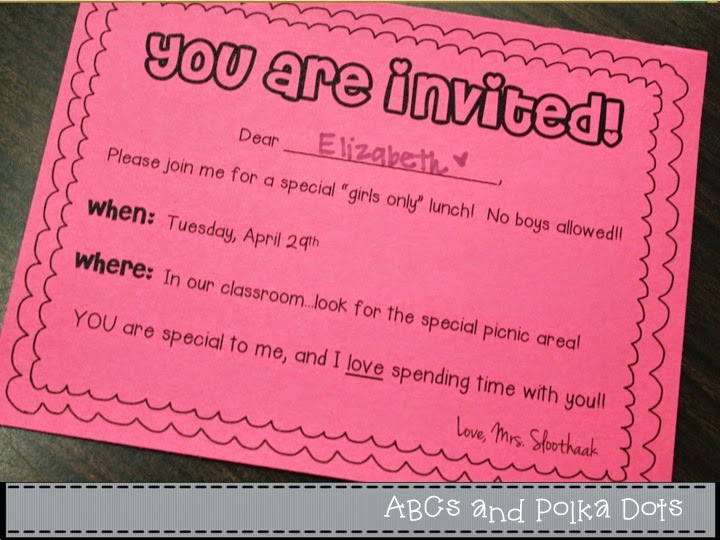I've written about my Literacy Stations routine before (CLICK HERE or HERE for more info), but I recently implemented something new and am loving it!! I have to share here because it's so great and allows my kids to be so independent. You probably have your own awesome ways of running literacy stations already.....but in case something about that time of your day just doesn't run as smoothly as you'd like, maybe this will work for you too!
The inspiration for my Literacy Stations originally came from this book by Debbie Diller.
I have taken Debbie's approach and tweaked it to make it work for me and my students. And, after attending Kim Adsit's conference this Spring, I added one of her great ideas to make it work even better!
This actually had been on my to-do list for quite a while, but while I sat at Kim's conference, the pieces all came together in my mind, and I knew how to set it up to work for me in my classroom.
For this year, I decided to use Kim's wording of "HAVE-TOs" and "CHOOSE-TOs". I might change that up next year, but maybe not. It's working well for us this year! This is what our literacy station tubs look like. The green tubs have been there all year. These are where the students find their main activity (the HAVE-TO). They don't have a choice with this one. Whatever is in their tub for the day is what they complete.
The bottom, clear tubs are the new CHOOSE-TO tubs. These tubs are filled with activities -- books, puzzles, sight word cards, etc -- that students can choose from when they have completed the HAVE-TO.
Okay....can I just take a second to talk to you about these tubs? They are the best. They stack so easily and close up completely so that they look organized and neat! A HUGE PLUS in a Kindergarten classroom!! Click the photo for more info.
If you're ever in the market for some great tubs for organizing, I would highly recommend these!!
Anyway...back to lit stations. :)
Currently, I have eight literacy stations in my rotation (done in the morning), and four math stations (done in the afternoon). This is my shelf. (I know what you're thinking. You are jealous of my awesome 1970's orange shelves. I know. They rock. Hee hee. But, seriously, they are made sooooo well and will be in my room forevermore. Embrace the orange! Ha!)
The routine for both literacy and math stations is the same, but my math station groups are larger since I only have four of them. Again, something that I am thinking of changing for next year.
Here is an example of a literacy choose-to.
And here is a math choose-to. Each of the choose-to tubs are a little bit different to keep them engaging for the students, but just filled with simple activities -- sight word cards, letter/word/number games, puzzles, books, etc.
Check out these choose-to tubs in use! As with everything in Kindergarten, we've had to go over expectations many times - choose only one thing at a time, put things away as soon as you finish with it, etc.
The kids are doing great and really feel like the choose-to activities are a special treat!
This set-up allows me so much more time during literacy and math stations. When the class begins working, I check in quickly with each group, have students read sight words for me, and make sure that everyone has the materials they need. Then, I am open for the rest of the time to pull students (and next year I'll hopefully figure out how to tie reading groups into the time and pull them while the rest of the class is busy....one thing at a time!). The kiddos know where to put their finished work for me to look over at a later time, and they get right to work on their choose-to. Our literacy station block lasts anywhere from 25-40 minutes, depending on the day.
This system will definitely stick around for me next year, and probably for many years to come after that! It's by far the best approach I've found, and it runs so smoothly without anyone in the classroom except me and my students. No para-pros or parent volunteers. This is soooo nice because it makes it really flexible. I can run them at any time of day and don't have to depend on someone else to be in the room for support.
I'd love to hear your thoughts! Do you use a similar approach or something else that works great for you? Please share!!


































































